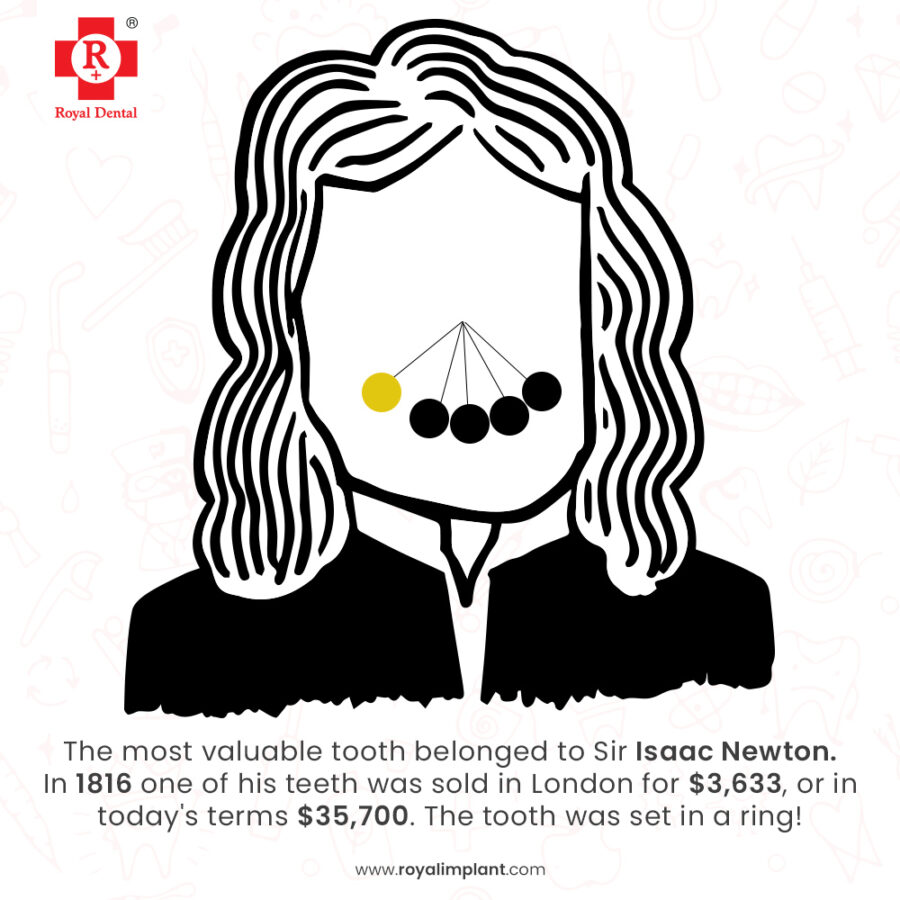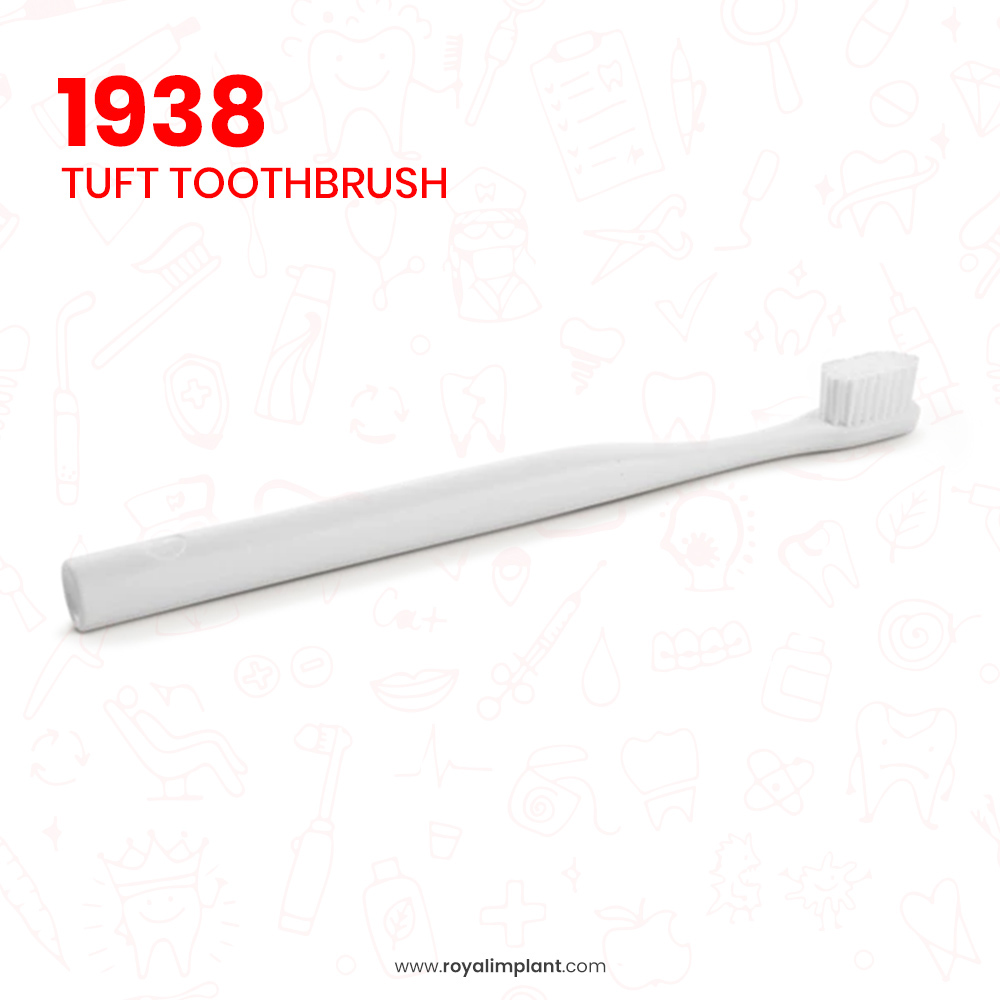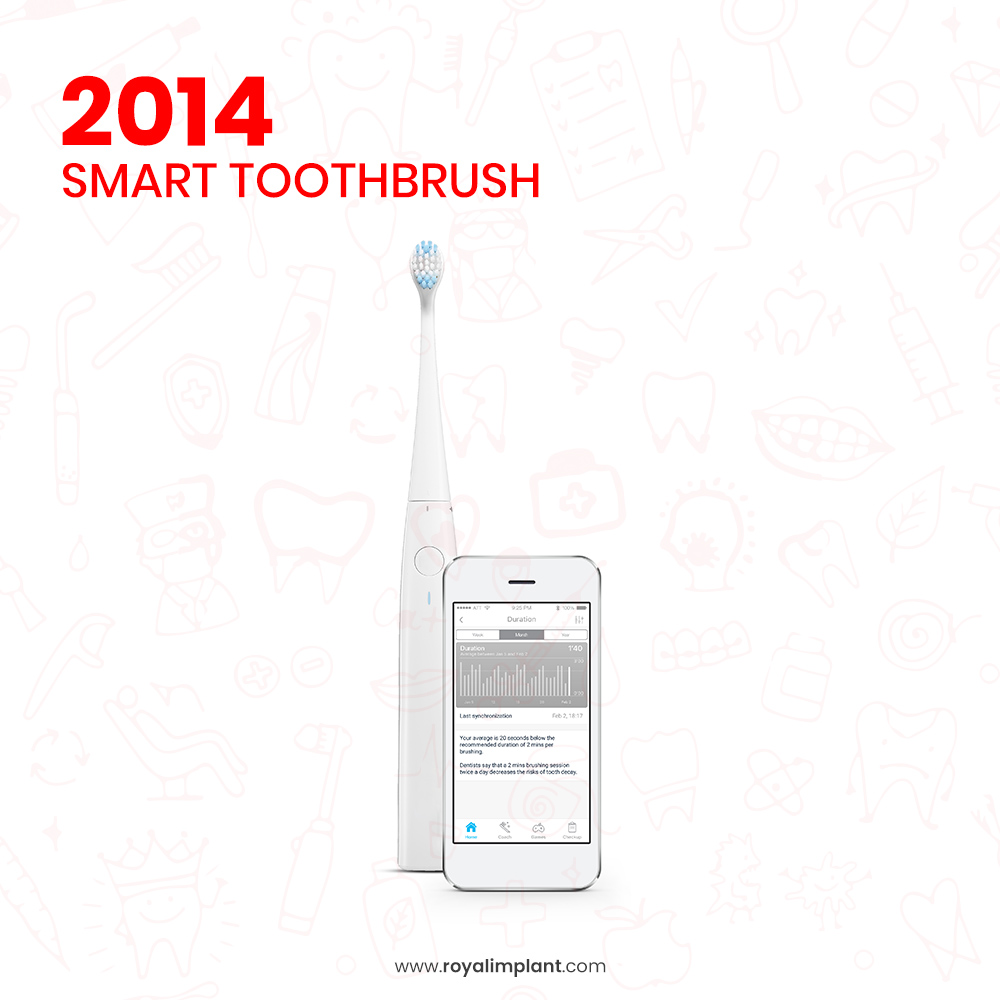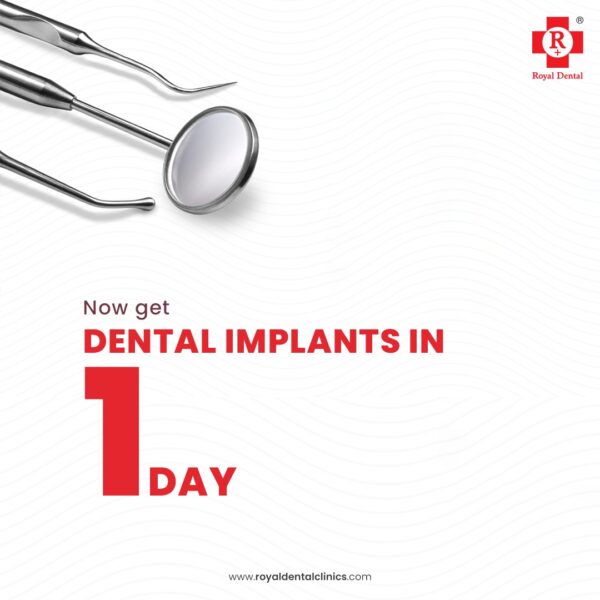Dental implants have become more common in recent years, as patients have become more aware of their benefits. But who invented them? As with many medical discoveries, the first known reference to dental implants was made by a researcher in the 19th century. The first modern-day implant was developed in the 1960s by a dentist from New Zealand . However, we can also attribute their invention to ancient civilizations such as the Romans and Greeks. They used materials like lead, gold, and ivory for artificial teeth. Let’s explore further.

Who invented dental implants?
There is no one person who invented dental implants. However, we can attribute their invention to a few people who made significant breakthroughs throughout history. We will explore each of them below.
19th Century pioneers
The first modern-day implant was developed in the 1960s by a dentist from New Zealand, named Murray Spence. He is known as the father of modern dental implants. But he wasn’t the first person to make a significant discovery in the field of dental implants. In fact, Spence was inspired to research dental implants after meeting with an American dentist, Dr. Sam Yabuhara. Yabuhara is credited with the discovery of the “implantation pocket.” An implantation pocket is what a dentist makes to host a single dental implant.

How did the Romans and Greeks invent dental implants?
The Romans and Greeks are known for their advances in architecture, art, and science. They also made notable advancements in dentistry. But how were they able to do this? The Romans used materials like lead and gold for artificial teeth. They would use the gold to make the crown and the lead to create a base to attach the crown to the real teeth. Because of this, they were one of the first civilizations to use dental implants. And even though they didn’t know the term “dental implant,” the process is still very similar to the modern-day practice.
Because the Romans had no anesthesia, a surgeon would make an incision in the patient’s gums and then remove a section of the real teeth. Then, he would clean the socket and put the lead in place. After that, he would attach the gold crown to the lead. The Greeks, on the other hand, used ivory to create artificial teeth. They would carve a hole in the tooth and then insert the ivory. As with the Romans, the Greeks didn’t use anesthesia. They would simply clean the socket and then put the ivory in it.
Modern-day dental implants
As we’ve explored above, dental implants have a long history. However, the first modern-day dental implant was developed by Murray Spence. The implant he developed is made of titanium and is shaped like a screw. In order to use it, a surgeon first needs to make an incision in the gums. The surgeon then places the implant into the bone. After that, he or she needs to wait for the bone to fuse with the implant. The implant is placed underneath the gum line. This is because if the implant were placed above the gum line, the tissue would likely reject it. If the implant were placed below the gum line, it would be more likely to become infected. After the implant is placed, the surgeon needs to wait for the bone to fuse with the implant. This process can take about 3-6 months.






Final Words
We’ve explored the history of dental implants above. Dental implants are a great option for missing teeth. They can be used for both the upper and lower teeth. Implants can also be used to hold dentures in place. They are an excellent option for people who are missing teeth because they look very natural and are long-lasting.
Follow Us For More Updates





